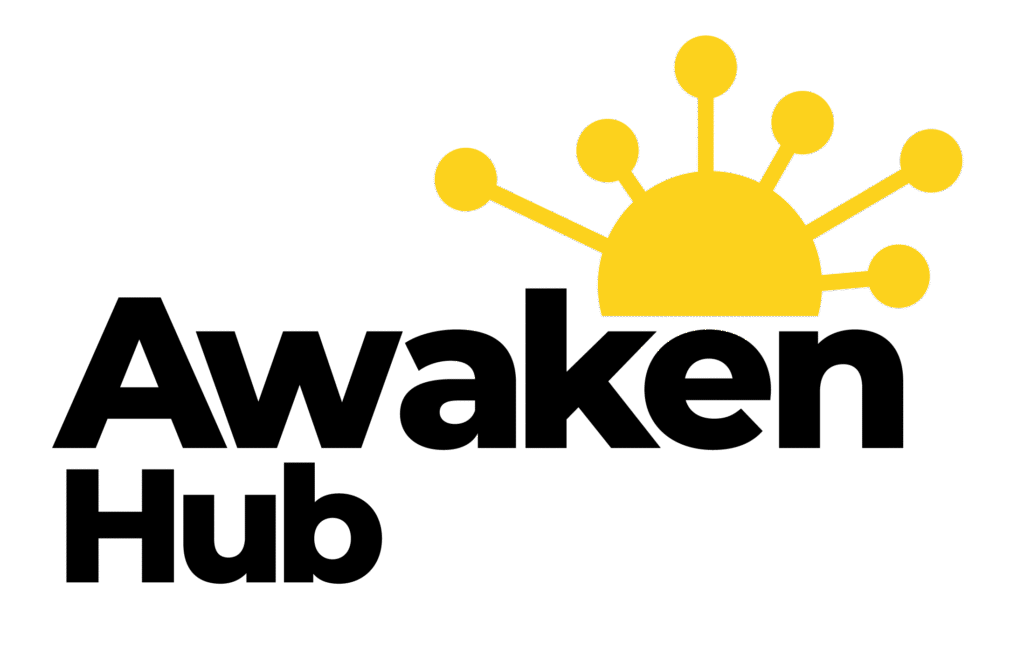Revamping Your Website: A Complete Overhaul
When you embark on the journey of enhancing your digital presence in Ireland, the first step is to conduct a…
When you embark on the journey of enhancing your digital presence in Ireland, the first step is to conduct a thorough assessment of your current website. This evaluation is crucial as it allows you to identify strengths and weaknesses that may be affecting your online performance. You should take a close look at various elements, such as site speed, user engagement metrics, and overall design aesthetics.
Moreover, consider gathering feedback from actual users. Engaging with your audience through surveys or direct communication can reveal their experiences and expectations.
This qualitative data can be instrumental in shaping your website’s future direction. By understanding what your visitors appreciate and what frustrates them, you can make informed decisions that will enhance user satisfaction and drive conversions.
Summary
- Assess your current website to identify strengths and weaknesses
- Set clear goals and objectives for your new website to guide the design process
- Research current design trends to ensure your website is modern and appealing
- Create a user-friendly navigation to improve the overall user experience
- Implement responsive design to ensure your website looks great on all devices
- Update content and imagery to keep your website fresh and engaging
- Integrate SEO strategies to improve your website’s visibility and ranking
- Test and launch the new website to ensure everything is working smoothly
Setting Clear Goals and Objectives
Once you have assessed your current website, the next step is to set clear goals and objectives for your digital marketing strategy. In the context of Ireland’s competitive landscape, having well-defined goals is essential for guiding your efforts and measuring success. You might aim to increase website traffic, improve conversion rates, or enhance brand awareness.
Whatever your objectives may be, ensure they are specific, measurable, achievable, relevant, and time-bound (SMART). Establishing these goals will not only provide direction but also help you allocate resources effectively. For instance, if your primary objective is to boost online sales, you may want to invest more in e-commerce functionalities and targeted advertising campaigns.
By aligning your digital marketing efforts with your overarching business goals, you can create a cohesive strategy that resonates with your target audience in Ireland.
Researching Current Design Trends

In the ever-evolving digital landscape of Ireland, staying abreast of current design trends is vital for maintaining a competitive edge. As you plan your website redesign or update, take the time to research what’s trending in web design. Minimalism, bold typography, and vibrant colour palettes are just a few examples of styles that have gained popularity recently.
By incorporating these elements into your website, you can create a modern and visually appealing experience for your visitors. Additionally, consider the cultural nuances of the Irish market when selecting design trends. For instance, incorporating local imagery or themes can resonate more deeply with your audience.
You might also explore the use of interactive elements such as animations or videos that engage users and encourage them to spend more time on your site.
Creating a User-Friendly Navigation
| Metrics | Data |
|---|---|
| Page Load Time | 2.5 seconds |
| Number of Clicks to Reach Key Pages | 3 |
| Bounce Rate | 25% |
| Time Spent on Site | 4 minutes |
User-friendly navigation is a cornerstone of effective web design. As you work on enhancing your website, focus on creating a navigation structure that is intuitive and easy to use. Visitors should be able to find what they are looking for without frustration or confusion.
Consider employing a simple menu layout with clear labels that guide users to key sections of your site. Moreover, think about the importance of mobile navigation. With an increasing number of users accessing websites via smartphones and tablets in Ireland, ensuring that your navigation is mobile-friendly is paramount.
Implementing features like a hamburger menu or sticky navigation can enhance the user experience on smaller screens. By prioritising user-friendly navigation, you not only improve usability but also increase the likelihood of conversions as visitors can easily access the information they need.
Implementing Responsive Design
In today’s digital age, responsive design is no longer optional; it is essential for any website aiming to succeed in Ireland’s diverse market. A responsive website adapts seamlessly to various screen sizes and devices, ensuring that users have a consistent experience whether they are browsing on a desktop or a mobile device. This adaptability is particularly important given the growing trend of mobile internet usage among Irish consumers.
When implementing responsive design, consider using flexible grids and layouts that adjust based on the user’s screen size. Additionally, optimising images and media for different devices can significantly enhance loading times and overall performance. By prioritising responsive design, you not only cater to the preferences of your audience but also improve your search engine rankings, as search engines favour mobile-friendly websites.
Updating Content and Imagery

Fresh Content for a Fresh Perspective
As you revamp your website, take the opportunity to update existing content and incorporate new material that reflects current trends and topics within your industry. This could involve writing blog posts about local events or sharing insights related to Irish culture that resonate with your target audience.
Imagery that Captivates
Imagery also plays a significant role in capturing attention and conveying your brand message. Consider using high-quality images that reflect the essence of Ireland—whether it’s stunning landscapes or vibrant city life. Additionally, incorporating user-generated content or testimonials can add authenticity to your site and foster trust among potential customers.
A Dynamic Website that Encourages Return Visits
By regularly updating both content and imagery, you can keep your website dynamic and engaging, encouraging visitors to return for more.
Integrating SEO Strategies
Search engine optimisation (SEO) is a critical component of any successful digital marketing strategy in Ireland. As you work on enhancing your website, integrating effective SEO strategies will help improve your visibility on search engines and attract organic traffic. Start by conducting keyword research to identify terms that are relevant to your business and commonly searched by your target audience in Ireland.
Once you have identified these keywords, incorporate them naturally into your website’s content, headings, and meta descriptions. Additionally, focus on optimising technical aspects such as site speed, mobile-friendliness, and URL structure. Building quality backlinks from reputable Irish websites can also boost your site’s authority in search engine rankings.
By prioritising SEO throughout your website development process, you can ensure that your digital presence reaches its full potential.
Testing and Launching the New Website
After all the hard work you’ve put into redesigning and optimising your website, it’s time for the final phase: testing and launching. Before going live, conduct thorough testing to identify any issues that may affect user experience. This includes checking for broken links, ensuring all forms function correctly, and verifying that images load properly across different devices.
Once testing is complete and any necessary adjustments have been made, prepare for launch day with a strategic plan. Consider announcing the launch through social media channels or email newsletters to generate excitement among your audience in Ireland. Post-launch, continue monitoring performance metrics to assess how well the new site meets your goals and objectives.
By taking these steps, you can ensure a successful transition to your revamped online presence while setting the stage for ongoing growth in Ireland’s digital marketing landscape.
If you are considering a website overhaul, you may also be interested in reading about how to generate SEO leads from LinkedIn. This article from The Digital Projects provides valuable insights on leveraging the power of LinkedIn to drive traffic and increase leads for your business. By combining a website overhaul with effective SEO strategies on LinkedIn, you can maximise your online presence and attract more potential customers.
FAQs
What is a website overhaul?
A website overhaul is the process of making significant changes to a website’s design, structure, and functionality in order to improve its performance, user experience, and overall effectiveness.
Why would a website need an overhaul?
A website may need an overhaul for various reasons, including outdated design, poor user experience, technical issues, changes in business goals, or the need to incorporate new features and technologies.
What are the key steps involved in a website overhaul?
The key steps in a website overhaul typically include conducting a thorough assessment of the current website, setting clear goals and objectives for the overhaul, redesigning the website’s layout and visual elements, updating content and functionality, and testing the new website before launch.
How long does a website overhaul typically take?
The duration of a website overhaul can vary depending on the size and complexity of the website, as well as the extent of the changes being made. It can range from a few weeks to several months.
What are the potential benefits of a website overhaul?
A website overhaul can lead to improved user experience, increased website traffic, higher conversion rates, better search engine rankings, enhanced brand image, and the ability to better meet the needs of the target audience.
What are some common challenges associated with a website overhaul?
Common challenges of a website overhaul include managing the project within budget and timeline constraints, ensuring seamless transition and minimal disruption to existing website traffic, and effectively communicating the changes to stakeholders.










